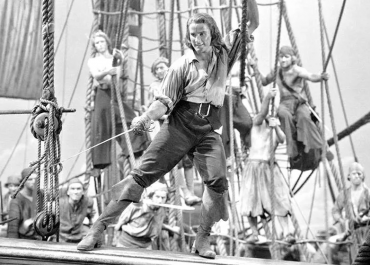
U.S. Congress Promotes The Arts And The Sciences; Udiar Promotes Protecting Them With The Copyrights
Probably everyone is interested in how and when the history of copyright was developed.
I`m going to tell you this story today.
In 1787, during the discussion of articles of the US Constitution, James Madison and Charles Pinckney proposed to introduce a copyright clause in the US Constitution that would empower Congress to manage copyright protection. As a result, that copyright clause was included in the Constitution.
Thus, the United States Constitution gave Congress the power to enact copyright laws. The article states that Congress had the right to promote the development of sciences and useful arts, protecting for a certain period the ownership rights of authors and inventors in their works and discoveries.
This paragraph was called the “copyright paragraph” and formed the basis of all US federal copyright and patent law. The 1790 Copyright Act existed in parallel with copyright laws previously passed in most states. Thus, the United States has historically developed a dual copyright system. At the federal level, copyrights were protected on the basis of federal laws adopted by Congress, and at the state level – on the basis of common law rules that were established in each given state.
The most dramatic changes in copyright law occurred in 1909 and 1976. The 1909 Copyright Act marks a milestone in the development of US statutory copyright. The new law expanded the scope of protected categories of copyrighted works and extended the term of protection to twenty-eight years with a possible extension for another similar period. The 1909 Law established that copyright to works is subject to protection at the federal level only when a work of authorship was published and explicitly contained a copyright notice.
Today, anyone can register copyright for their invention in the Library of Congress. We have already discussed how it`s done in our previous articles.
In addition, you can register copyright using any online service. For example, you can use the UDIAR self-service platform. It only takes 5 minutes, while registration in the library of Congress can take up to a year.
You can read more about how to register copyright or just ask our support team.
Picture: Peri.con-text.co











